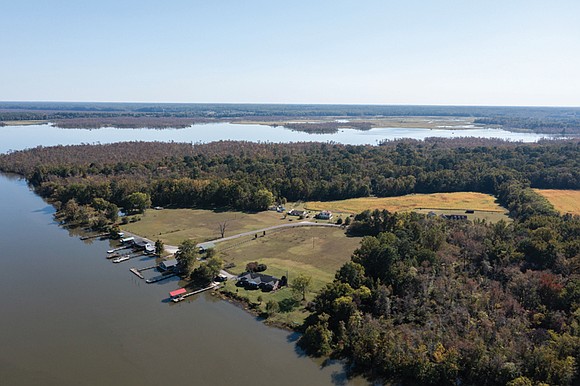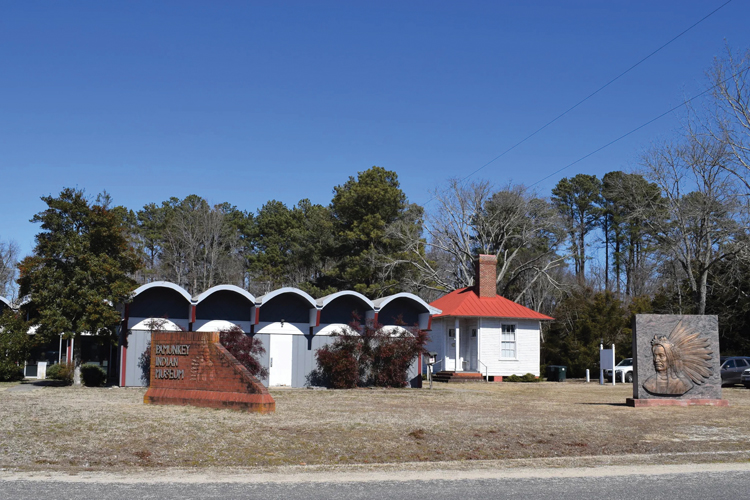Pamunkey Reservation named among nation’s most endangered historic places
Free Press staff report | 5/15/2025, 6 p.m.

The Pamunkey Indian Reservation in King William County, home to one of the nation’s oldest Indigenous communities, has been named one of America’s 11 Most Endangered Historic Places.
The designation, announced Wednesday by the National Trust for Historic Preservation, draws national attention to the environmental threats endangering the Pamunkey Tribe’s ancestral homeland.
The Pamunkey, a federally recognized sovereign nation, have lived on their current 1,600-acre peninsula along the Pamunkey River for more than 15,000 years. The land, never ceded, is considered the oldest existing reservation in the United States.
Now, that land is at risk.
Bordered by a sinking railroad embankment on one side and surrounded by marshland and river on the others, the reservation faces mounting pressure from sea level rise, land subsidence and increasingly intense storms. Scientific projections suggest much of the area could be underwater or unreachable within the next 75 years.
“Across the United States, compelling, meaningful historic sites are at risk, whether from natural disasters, underutilization, neglect, or lack of awareness,” said Carol Quillen, president and CEO of the National Trust for Historic Preservation, in announcing the annual list last week.
The National Trust cited the Tribe’s proactive efforts, including shoreline stabilization and creation of a Community Disaster Resilience Zone, but emphasized the need for greater support.
 The Pamunkey Indian Museum and Cultural Center opened in 1979 next door to the 1909 Schoolhouse on the reservation.
The Pamunkey Indian Museum and Cultural Center opened in 1979 next door to the 1909 Schoolhouse on the reservation.Photo courtesy of Pamunkey Indian Tribe
The Tribe is seeking funding to expand its climate resilience work, preserve historic structures and document cultural traditions that may soon face displacement.
While relocation may be necessary in the future, tribal leaders are working to ensure the Pamunkey people’s connection to the land — and the culture grounded in it — is not lost.
The endangered list, now in its 38th year, highlights sites nationwide that face threats from neglect, development or climate change. Since its inception, it has helped preserve more than 350 historic places.






